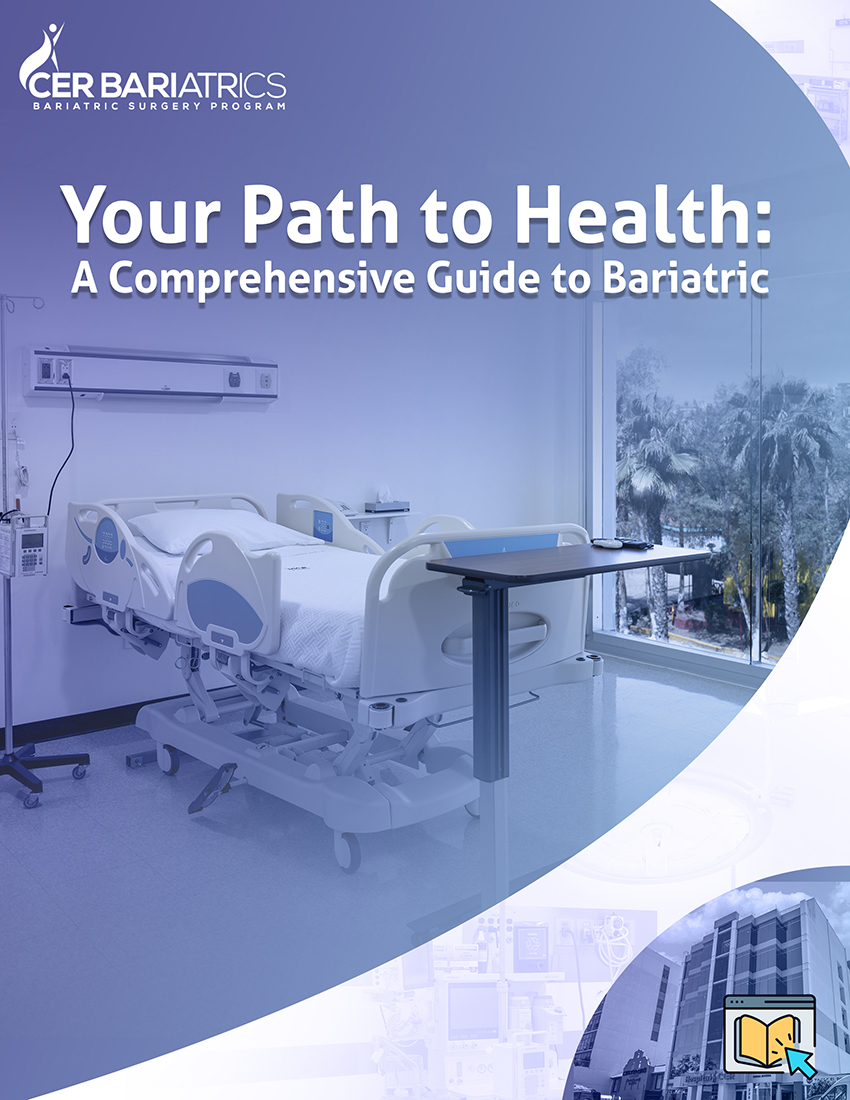Duodenal Switch vs. Roux-en-Y
Bariatric surgery has become an increasingly popular and effective solution for individuals struggling with obesity. Two common weight loss procedures, the Duodenal Switch and Roux-en-Y Gastric Bypass, are effective in helping patients lose weight and enhance their overall health.
What is a Duodenal Switch?
The Duodenal Switch, also known as Biliopancreatic Diversion with Duodenal Switch, is a complex bariatric procedure that combines restrictive and malabsorptive elements:
- Restrictive Component: The surgical procedure removes a large portion of the stomach, leaving a smaller, tubular-shaped stomach behind. This limits food intake, helping patients feel full sooner.
- Malabsorptive Component: The surgery reroutes the small intestine, reducing the length available for nutrient absorption. This can lead to greater weight loss by limiting calorie and nutrient absorption.
Benefits of Duodenal Switch (DS)
- Significant Weight Loss: The procedure often results in substantial and sustained weight loss, making it suitable for individuals with severe obesity or those who have not had success with other procedures.
- Resolution of Obesity-Related Health Conditions: Many DS patients experience improvements or complete resolution of conditions like type 2 diabetes, high blood pressure, and sleep apnea.
Considerations for Duodenal Switch (DS)
- Complexity: DS is a technically challenging procedure, which can increase the risk of surgical complications.
- Nutritional Monitoring: Due to the malabsorptive component, DS patients must closely monitor their nutrient levels and adhere to a strict supplementation regimen to prevent deficiencies.
Duodenal Switch Cost
The Duodenal Switch surgery stands out as the most expensive among all weight loss surgical options. This primarily results from its unique combination of two procedures: gastric bypass and gastric sleeve. Due to its relative rarity as a treatment option for morbid obesity, not all insurance plans cover it. Therefore, it’s crucial to ascertain whether your insurance provider offers coverage for this procedure before delving into cost considerations.
The cost range associated with the Duodenal Switch typically falls between $22,000 and $42,000 USD, although these expenses can significantly vary depending on your location within the United States. On average, you can expect to pay around $25,000 USD for a Duodenal Switch procedure.
It’s essential to take into account all factors contributing to the overall cost of your surgery, especially if you intend to cover the expenses out of your own pocket instead of relying on insurance. Often, you should consider additional expenses not encompassed within the price ranges mentioned above during your financial planning for the surgery.
What is a Roux-en-Y Gastric Bypass
Roux-en-Y Gastric Bypass is one of the most commonly performed bariatric surgeries and combines restrictive and malabsorptive elements:
- They create a small stomach pouch by stapling or sewing off a portion of the stomach in the Restrictive Component. This limits food intake.
- The small intestine divides, and it connects the lower part to the stomach pouch, bypassing the upper part of the small intestine. This reduces nutrient absorption.
Benefits of Roux-en-Y Gastric Bypass
- Effective Weight Loss: RYGB typically results in significant weight loss, making it a suitable option for individuals with obesity.
- Resolution of Health Conditions: Like DS, RYGB often leads to improvements or remission of obesity-related health issues, including diabetes and hypertension.
Cost of Roux en-Y-Gastric Bypass
The cost of Roux-en-Y Gastric Bypass, a highly effective bariatric surgery, can vary depending on multiple factors. Generally, this procedure’s price includes pre-operative assessments, the surgery itself, post-operative care, and follow-up consultations.
In the United States, the cost of Roux-en-Y Gastric Bypass typically ranges from $15,000 to $30,000 USD. However, geographical location, the specific healthcare facility chosen, and individual patient needs all influence the final price.
Insurance coverage is another critical aspect. Some insurance plans cover a portion or the entirety of the surgery, making it more affordable for many patients. It’s crucial to contact your insurance provider to understand your policy’s coverage details and requirements.
What is a better duodenal switch or Gastric Bypass?
Gastric bypass and duodenal switch are highly similar as they are restrictive and malabsorptive. However, several key differences remain between these weight-loss procedures.
Typically, surgeons recommend duodenal switch surgery for patients with a BMI of 50 or greater, whereas they recommend gastric bypass surgery for patients with a BMI ranging between 40 and 50. Duodenal switch surgery results in a higher amount of excess weight loss within a short period because it bypasses a larger section of the intestine compared to gastric bypass surgery.
Duodenal switch surgery is associated with a higher number of risks and complications compared to gastric bypass surgery due to the nature of the procedure. It also produces a longer hospital stay and a longer downtime and recovery. However, the duodenal switch is superior to gastric bypass because it results in more weight loss and improved metabolic control in people with a BMI of 50 or higher.
Which Surgery Is Best for You?
Your healthcare team should base the decision between Duodenal Switch and Roux-en-Y Gastric Bypass on your unique medical history and weight loss goals. Both procedures offer effective weight loss and health improvements, but they differ in complexity and nutritional considerations. It’s crucial to consult with a qualified bariatric surgeon to determine which surgery aligns best with your needs and preferences. Get a Free Virtual Consultation Here.
Related Post
Learn how to kickstart your weight loss journey












